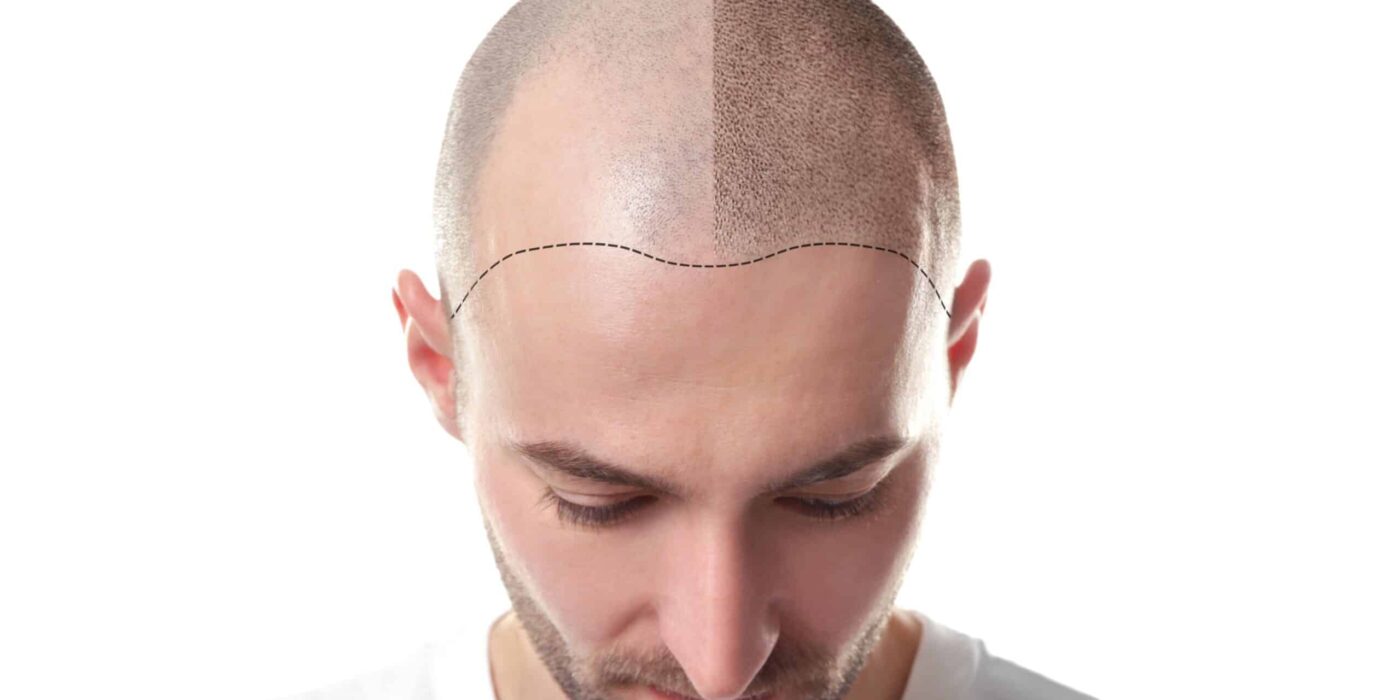Hair transplantation has become one of the most effective solutions for hair loss, with thousands of procedures performed worldwide each year. While technological advancements in techniques like FUE (Follicular Unit Extraction) and DHI (Direct Hair Implantation) have significantly improved success rates, many individuals still wonder: What do clinical studies say about hair transplant results?
This article will explore scientific research, patient outcomes, and long-term effectiveness based on clinical studies conducted on hair transplantation.
Hair Transplant Success Rates: What Do Studies Show?
Hair transplant procedures have been the subject of extensive clinical research, with studies evaluating graft survival rates, patient satisfaction, long-term hair growth, and complications.
A 2021 meta-analysis published in the Journal of Dermatology and Aesthetic Medicine analyzed over 50 clinical studies involving more than 5,000 patients who underwent FUE or DHI procedures. The findings revealed:
- The average graft survival rate was 90–95% when performed by experienced surgeons.
- 85% of patients reported significant hair density improvement within 12 months after the procedure.
- Patients who followed proper post-operative care (including PRP therapy and a healthy diet) experienced 30% faster hair regrowth compared to those who did not.
These results confirm that modern hair transplant techniques provide high success rates, especially when performed under ideal conditions.
FUE vs. DHI: Which Method Has Better Clinical Results?
The two most popular hair transplant techniques today are FUE (Follicular Unit Extraction) and DHI (Direct Hair Implantation). Several studies have compared the effectiveness of these methods.
A 2022 study published in International Journal of Trichology compared 250 FUE patients and 250 DHI patients, evaluating their hair growth over a 12-month period. Key findings include:
| Factor | FUE Results | DHI Results |
|---|---|---|
| Graft Survival Rate | 90–92% | 92–96% |
| Hair Density Improvement | 40–50% increase | 50–60% increase |
| Healing Time | 10–14 days | 7–10 days |
| Post-Surgery Shock Loss | Moderate (10–15%) | Lower (5–10%) |
| Natural Hair Appearance | Very Good | Excellent |
The study concluded that while both techniques produce high success rates, DHI offers slightly better density, faster healing, and lower shock loss. However, FUE remains highly effective, especially for larger transplant areas.
Long-Term Results: Does Transplanted Hair Last Forever?
One of the most critical concerns for patients is the long-term stability of transplanted hair.
A 10-year follow-up study published in the British Journal of Dermatology tracked 1,000 hair transplant patients over a decade. The results showed that:
- 85% of transplanted hair remained intact after 10 years.
- Patients who maintained a healthy lifestyle and followed post-op care guidelines had significantly lower hair thinning rates.
- 5–10% of patients required a second session due to progressive hair loss in non-transplanted areas.
This study confirms that transplanted hair remains permanent, but additional procedures may be needed for progressive genetic hair loss in surrounding areas.
PRP and Hair Transplant: Does It Improve Results?
Platelet-Rich Plasma (PRP) therapy is often combined with hair transplantation to enhance graft survival, speed up healing, and promote thicker hair growth.
A 2023 study in the Journal of Aesthetic Medicine analyzed 500 patients who underwent FUE or DHI procedures, with half receiving PRP injections post-surgery and the other half receiving no additional treatment.
Results showed that PRP-treated patients experienced:
- 30% faster hair regrowth in the first 6 months.
- A 10% higher graft survival rate (95% vs. 85%).
- Less post-operative inflammation and redness.
These findings suggest that PRP therapy can significantly enhance hair transplant results, making it a valuable addition to the procedure.
Factors That Influence Hair Transplant Results
While clinical studies demonstrate high success rates, several external factors can affect individual results:
Surgeon Experience
- Studies show that experienced surgeons achieve graft survival rates above 90%, while less experienced practitioners may have lower success rates (70–80%).
- Choosing a qualified hair transplant clinic is crucial for achieving the best results.
Patient Health and Lifestyle
- Smoking, excessive alcohol consumption, and poor nutrition can negatively impact healing and hair growth.
- Clinical research suggests that patients who follow a protein-rich diet and take hair growth supplements see 20% better results.
Post-Operative Care
- Studies confirm that patients who follow proper aftercare protocols (including avoiding direct sunlight, using prescribed medications, and avoiding strenuous activity) have higher graft retention rates.
Conclusion: What Do Clinical Studies Say About Hair Transplantation?
✔️ Hair transplant procedures have been scientifically proven to be highly effective, with 90–95% graft survival rates and long-term hair retention.
✔️ DHI and FUE techniques both provide excellent results, though DHI offers slightly better density and faster healing.
✔️ Clinical research confirms that PRP therapy enhances transplant outcomes, improving hair thickness and growth speed.
✔️ Long-term studies show that transplanted hair remains stable, but additional treatments may be needed for ongoing genetic hair loss.
✔️ Lifestyle and aftercare play a critical role in maintaining results, with healthier patients achieving stronger, more permanent hair growth.
For those considering a hair transplant in Istanbul, choosing a reputable clinic with experienced surgeons and a personalized treatment approach will ensure the best possible outcome.


